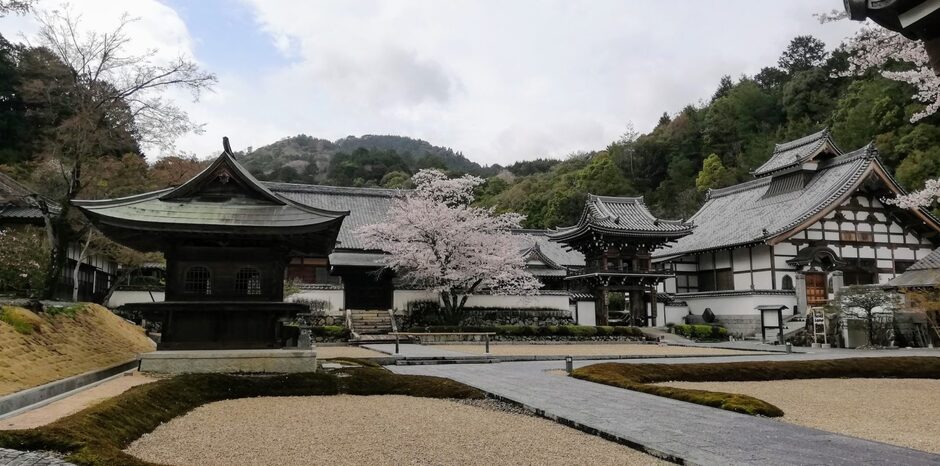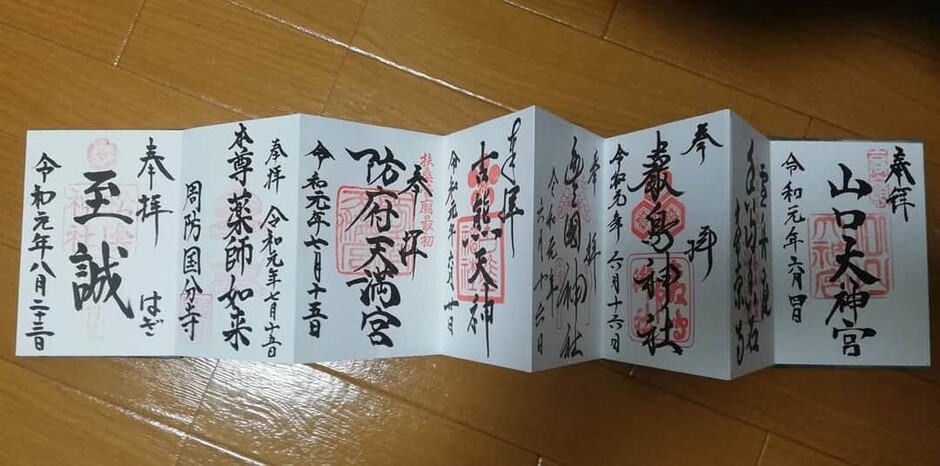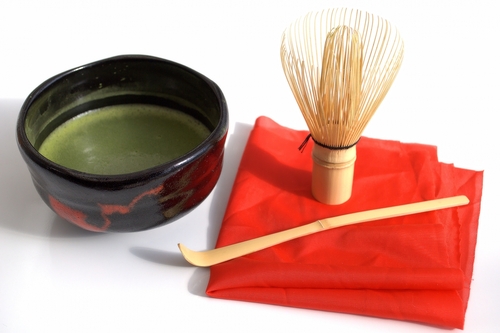MUSUBI: Come for the Shinto, Stay for the Zen

Come for the Shinto, Stay for the Zen
What’s the difference between a shrine and a temple anyway? I have even met a few Japanese people who did not know the answer. And, while some shrines and temples are located next to each other, there is indeed a difference in how they look and what the purpose is.
If you visit or live awhile in Japan, you will no doubt come across quite a few temples and shrines even in the big cities of Tokyo and Osaka. There are about 80,000 shrines all over Japan and about 77,000 Buddhist temples as well (though it is estimated about ⅓ of these will close over the next 25 years). Big and small, they are everywhere.

Jyoei-ji Temple & Sesshu's Garden. Photo by Mark Reid
The most prominent distinctions between shrines and temples are (1) the aesthetics and (2) the actual, technical “religion” (more on this keyword in a moment) being practiced there. As for that first distinction, the clearest difference in appearance is whether or not there is a torii (a “gate” - seen in the pic to the left) at the entrance. Shrines always have them; temples, not so much.
A further distinction in appearance will often be the presence of guardian lion-dogs or other animal statuaries (horses, turtles, etc.). In this way, one might argue that shrines are slightly more entertaining to visit if your interest is in seeing a variety of statues. Shrines sometimes have more colorful buildings than your typical Buddhist temple as well.

On the other hand, temples have more of an altar with a statue of a Buddha (sometimes, but not always) as the centerpiece. While a discussion on the variety of distinctions between Shintoism and Buddhism could fill several volumes of texts, in a nutshell, Shintoism views the world as everything having a “spirit,” even inanimate objects.
Those who worship at shrines might be considered more “superstitious” to some extent (e.g., you can buy good luck charms at a shrine or have a Shinto priest bless your car for safer travels). At Buddhist temples, there is more of a concentration on practicing self-development. At some temples you can arrange to practice zazen (a meditative practice to still the mind and accept the nature of things for what they are). Regardless of your own personal beliefs, the good news is you are welcome to visit a shrine or temple in Japan either way.
So, why the confusion? Well, for starters, the buildings do kind of look the same. As both Shintoism and Buddhism flourished side by side for hundreds of years, many practices and the architecture of their structures itself began to meld and resemble each other. Likewise, the worship procedure is essentially the same between shrines and temples: bow-bow, clap-clap, bow.
These can vary according to some specific locales, but in general if you don’t see a sign indicating the particular “flow” of worship, you’ll be fine using that B-B-C-C-B method. Another fun similarity is in the accumulation of stamps you can get. Called goshuin most large shrines and temples will stamp your goshuincho (stamp book for this purpose) for around 300-500 yen. And there’s no rule against or problem with collecting your shrine and temple stamps together in this book.

Goshuin stamps, personal collection. Photo by Mark Reid
From sumo to sushi, there are many wonderful, fascinating things that are definitively Japanese. Essential to any significant time spent in Japan will invariably involve a trip to a Shinto shrine or a Buddhist temple. Whether you go simply to take that great iconic photo of the complete Japanese experience or are seeking personal enlightenment, a trip to a shrine or temple is always worth it.
Photo Credits:
Main Image: ブルーレモネード
All additional photos provided by Mark Reid
All other content (text) created by the original author and © 2020, 2024 MUSUBI by Borderlink
WRITER

Mark Reid
From the US
Has called Japan his home for many years!
RECOMMENDED
-

Countryside Exercise in Japan
Before I came to Japan, I had recently started to become more health-conscious. I was in my late twenties and wa... -

Learn Japanese in 5 Easy Steps!
Okay, I might have oversimplified in the title. Sure, I’ve broken it down into 5 steps, but I never said t... -

Discovering Japan’s Rich Tea Culture
When I lived in Zimbabwe, tea was more of an occasional drink for me. I would have a cup when I was feeling under th...



